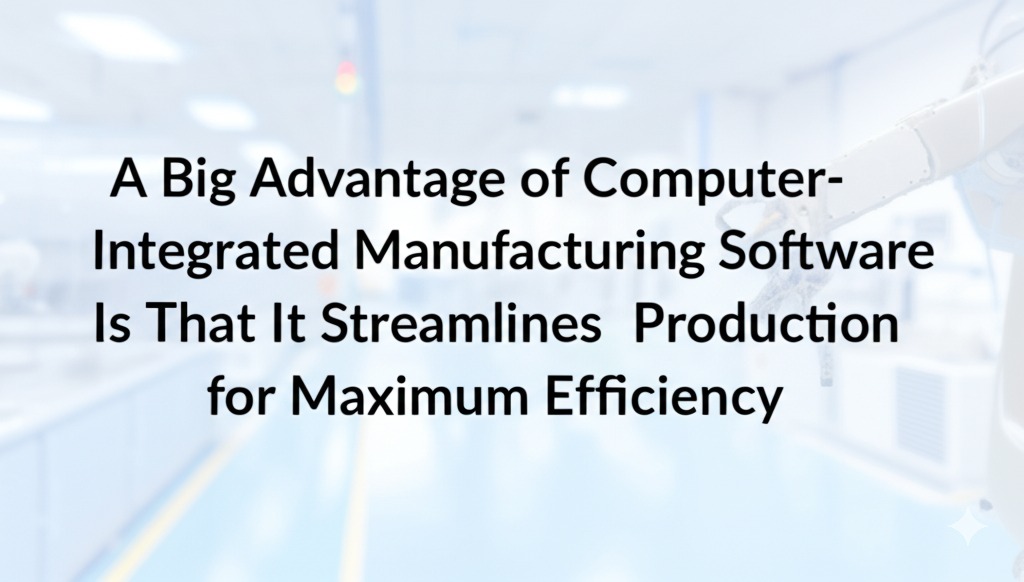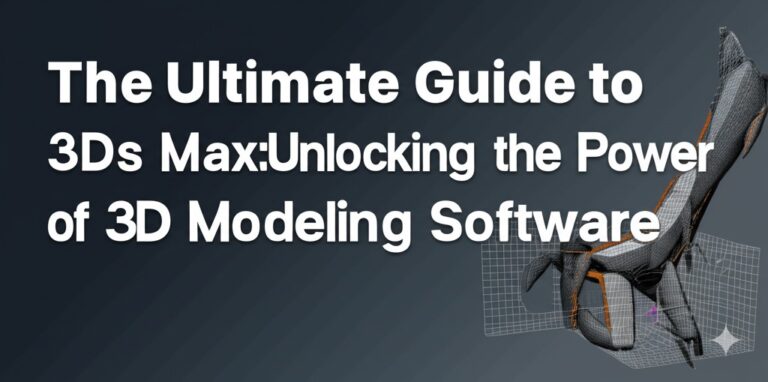A Big Advantage of Computer-Integrated Manufacturing Software Is That It Streamlines Production for Maximum Efficiency
In today’s hyper-competitive manufacturing landscape, efficiency, accuracy, and agility aren’t just goals — they’re necessities. As industries race toward digital transformation, Computer-Integrated Manufacturing (CIM) software has emerged as a game-changer.
So, what’s the big advantage of computer-integrated manufacturing software?
It streamlines production by integrating all facets of the manufacturing process into one cohesive, automated system — from design and planning to production and quality control.
Let’s dive deeper into how CIM software transforms operations and why it’s becoming essential for modern manufacturing success.
What Is Computer-Integrated Manufacturing (CIM)?
Before we explore the benefits, it’s important to understand what CIM entails.
Computer-Integrated Manufacturing refers to the use of computer systems to control the entire production process. This includes:
- Computer-Aided Design (CAD)
- Computer-Aided Manufacturing (CAM)
- Enterprise Resource Planning (ERP)
- Robotics and automation
- Quality control and data management
The result? A seamless, interconnected manufacturing environment where data flows freely, decisions are automated, and productivity soars.
The Big Advantage: Streamlined Production
Unifying Processes Across Departments
CIM software integrates diverse systems, allowing for:
- Real-time communication between departments
- Instant updates to designs, schedules, and inventory
- Elimination of manual handoffs and duplicated efforts
This unified approach enables companies to cut down on production time, reduce errors, and respond to changes more quickly.
Automation of Repetitive Tasks
With CIM, manual tasks like:
- Order processing
- Machine scheduling
- Quality checks
…can be automated using software and connected hardware. This not only speeds up operations but also frees up skilled workers for more strategic roles.
Additional Key Benefits of CIM Software
1. Improved Product Quality
Because CIM systems monitor and adjust production processes in real time, product defects are detected earlier, and quality control becomes proactive rather than reactive. This leads to:
- Fewer recalls
- Consistent quality
- Higher customer satisfaction
2. Reduced Operational Costs
Efficiency equals savings. CIM software reduces:
- Labor costs through automation
- Material waste with precise control
- Downtime thanks to predictive maintenance tools
Over time, these reductions significantly improve the bottom line.
3. Data-Driven Decision Making
CIM software captures and analyzes vast amounts of data from the factory floor, providing insights like:
- Equipment performance trends
- Bottlenecks in production
- Inventory levels and supply chain status
With this data, manufacturers can make smarter decisions faster and optimize their entire operation.
Real-World Example: How CIM Streamlined an Automotive Plant
Consider a mid-size automotive manufacturer that implemented a CIM system to replace its outdated manual workflows.
The results?
- Production time decreased by 22%
- Defect rates dropped by 30%
- Inventory costs were reduced by 15%
- Customer satisfaction scores increased across the board
This transformation was largely due to seamless integration between CAD, CAM, robotics, and ERP systems — all made possible by the CIM software.
Challenges to Consider (and How to Overcome Them)
1. High Initial Investment
CIM systems can be expensive to implement. However, the ROI is significant over time due to cost savings and efficiency gains.
Tip: Start with a modular approach — integrate one part of your process at a time.
2. Employee Training
New systems often require new skills. Comprehensive training ensures your team can fully leverage the CIM system.
Tip: Choose a vendor that offers robust onboarding and continuous support.
Is CIM Right for Your Business?
If your manufacturing process involves:
- Multiple departments or production steps
- High-volume or custom production
- Repetitive tasks and manual workflows
- Strict quality standards
…then CIM software can dramatically improve your operations.
From aerospace to electronics, businesses of all sizes are turning to CIM to stay competitive in a rapidly evolving market.
Final Thoughts: Embrace the Future of Manufacturing
The biggest advantage of computer-integrated manufacturing software is its ability to streamline production, unify systems, and drive operational excellence. As industries move toward greater automation and data-driven decision-making, CIM is no longer optional — it’s strategic.

Zain Jacobs is a writer for TheNetUse, providing in-depth reviews, tips, and insights on the latest software apps to help users maximize their digital experience.







